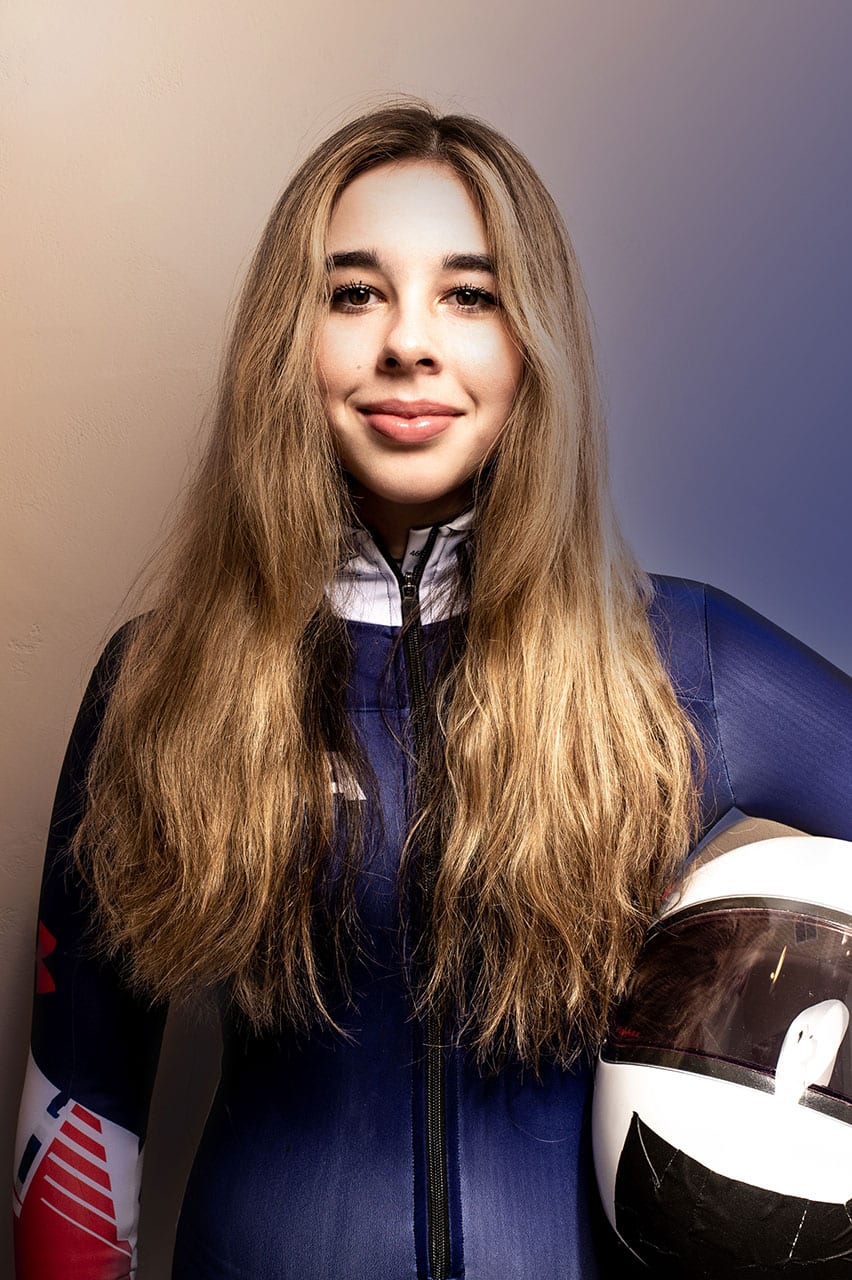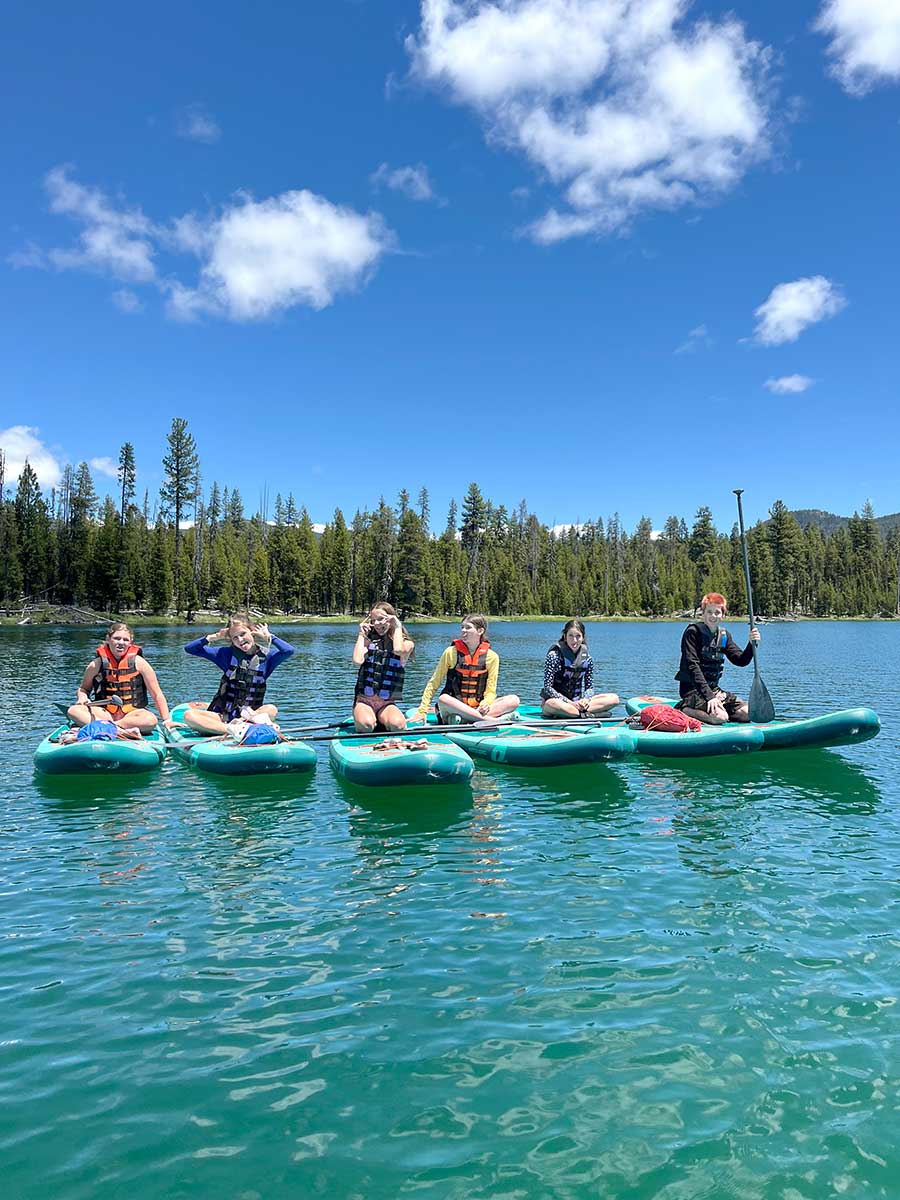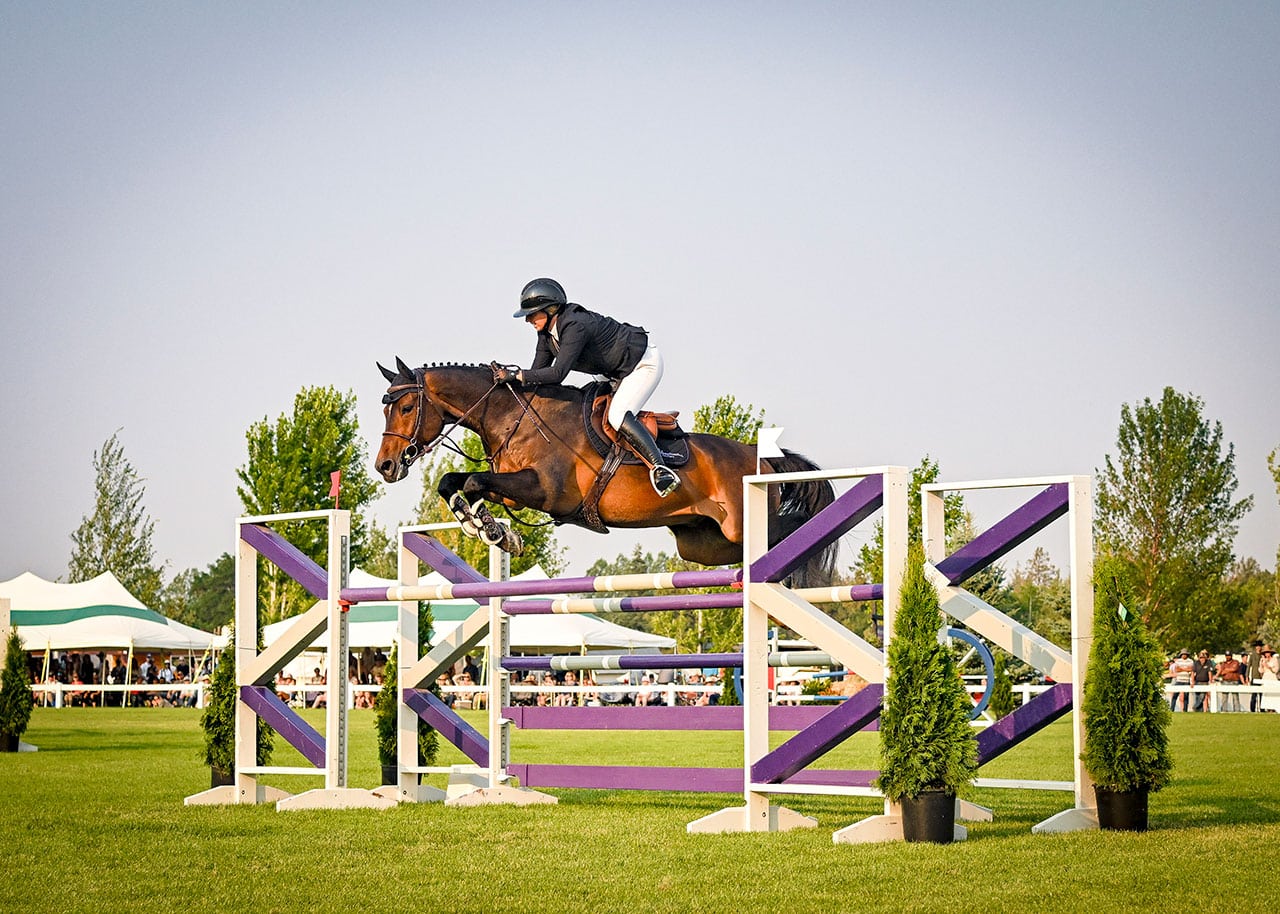Biancha Emery, a 16-year-old Caldera High School sophomore, doesn’t have a driver’s license. She doesn’t even have a permit. Yet, she routinely cruises down steep hills, taking curves and hitting 85 MPH with no brakes.
Wearing spikes, a thin race suit and a helmet, this 16-year-old skeleton racer spends her days throwing herself head first onto a sled so small it looks like a boogie board. At dangerous speeds, she careens down a winding ice track. “Going fast is always fun,” Emery said. “I liked it after my first run.”
Emery’s father is a former bobsledder. When she was 14 and the family lived in Utah, her father suggested she try skeleton racing.
“The first time sucks,” she said, laughing. “It’s really scary. I got bad ice burn and I hit basically every single wall the first time and I said, ‘I never want to do this again.’”
But she was hooked, and she discovered she had a natural skill for steering and judging turns. Though she said she’s not much of a risk taker in other parts of her life, she found a need for speed. Each run takes about 50 seconds and covers close to a mile of ice.

Young But at the Top of the Sport
Though she’s only been competing for a short time, at age 14, Emery became the youngest skeleton racer to ever start from the top of the track at Lake Placid. She’s also the only female skeleton racer on the U.S. Olympic development team and is currently ranked eighth in the world, though she doesn’t think her friends at school really understand what she does. Emery said, “I think a lot of people don’t realize how much really goes into the sport.”
With only two tracks in the United States—one at Lake Placid, New York, and one at Utah Olympic Park in Park City, Utah—Emery travels frequently to compete in Canada, South Korea, Austria and Norway, among other spots.
When she trains during these competitions, Emery is only allowed to do two training runs each day. “The G-forces take a lot out of you,” Emery said.
The G-forces are at their worst on the curves, and Emery feels an incredible amount of pressure on her back, head and shoulders as she’s slammed into the ice because of the force.
“It’s very unforgiving,” she said.
Training in Bend
When she’s not competing, Emery trains daily here in Bend, lifting weights and completing sprint workouts at the Central Oregon Community College track. She also attends training camps, including visiting push tracks where she can work on sprinting, holding and pushing the sled, which weighs about 70 pounds. She also plays lacrosse for Caldera High School.
In a sport with little room for error, crashes happen. Biancha’s mom, Michele Emery, remembers watching her daughter flip while racing at Lake Placid. She held onto her sled so she wouldn’t be disqualified. It’s this kind of athleticism that keeps her calm as she watches Biancha race.
“I have confidence in her. I have confidence in her ability. She’s an amazing driver,” Michele Emery said. “I don’t stress out. I just want her to have the best run she possibly can.”
Emery competes in the Youth Series as part of the USA Bobsled-Skeleton team, a season that starts in October and runs through March, giving her the chance to compete in several international races before the Youth Olympic Games in Gangwon, South Korea beginning January 19.
After that, it’s all up in the air, but Emery dreams of someday competing in the Olympic Games. She knows she’ll still be too young in 2026 when the next Winter Olympics come around. By then she might even have her driver’s license, though Emery’s not interested in getting a car. She wants a motorcycle.
Click to read more stories about our vibrant Central Oregon COMMUNITY, BUSINESSES or our HERITAGE.





